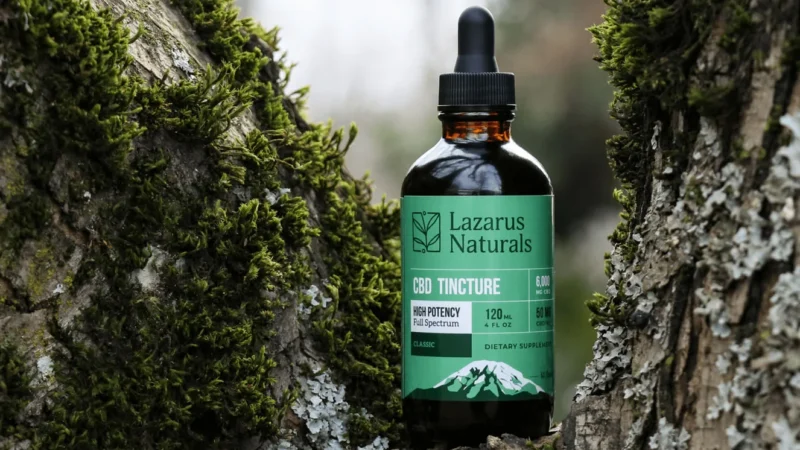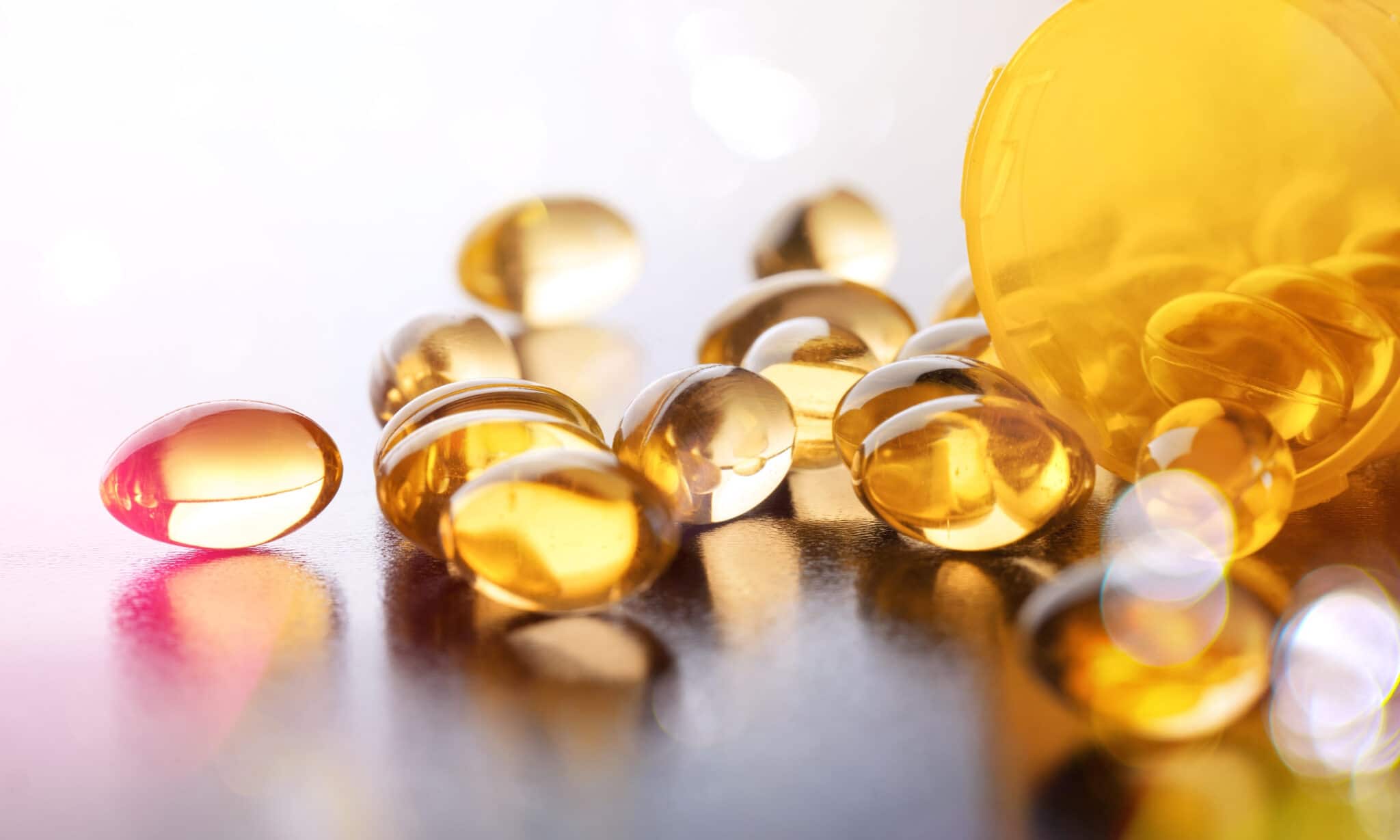Understanding Indica vs. Sativa vs. Hybrid Cannabis Strains
“Would you like an indica or a sativa?” is usually the first question asked at a dispensary. The terms indica vs. sativa refer to the two main types of cannabis strains. The appearance and effects of indicas and sativas differ. Indica strains are known for their sedative effects, whereas sativa strains are known for their cerebral high. However, it is more complicated than we previously imagined.
Because so many medical marijuana users discover that a certain strain relieves their medical symptoms—from anxiety and depression to chronic pain and epilepsy—and because the phrases indica and sativa appear on cannabis packaging, it’s crucial to grasp the variations between strain types.
See Also: How to Pass a Drug Test After Using Marijuana Nuggmd
Indica vs. Sativa: Is There a Difference?
Sativas are famous for producing a creative “head high,” which some people find useful for staying productive during the day. Indicas, on the other hand, have been linked to a “body high” that has been linked to increased relaxation, sleep, and pain alleviation. You’ve probably heard the term “couch-lock.” Hybrids are the third and most common type in the cannabis market; hybrids are produced from both sativas and indicas and can have the affects of either.
Indicas and sativas were originally derived from “landrace strains,” but retail markets have done so much cross-breeding since then that strains now require complex chemical research to define. Much of what we believe we know about indicas, sativas, and hybrids comes from anecdotal tales and decades of experience (1). (2).
Indicas
- Indica plants have short, broad leaves and are short and bushy.
- Indicas are renowned unofficially for their calming effects that ease the body. “In the couch” sounds like “indica” to help you recall that indicas are sedatives. As a result, many marijuana users choose to medicate with indica in the evening before bed to help them unwind or manage their sleeplessness.
- Indica Strains You’ve Probably Heard Of: GMO Cookies, Bubba Kush, and Purple Punch are all indica strains you’ve probably heard of.
Sativas
- The leaves of sativa plants are tall and thin in appearance.
- Sativas have energizing and uplifting effects. They complement social occasions, artistic undertakings, and physical activities. As a result, they’re a popular choice for medicating during the day while you’re busy.
- Common Sativa Strains: Jack Herer, Super Lemon Haze, and Sour Diesel are euphoric sativa strains.
Hybrids
When referring to hybrids, the terms sativa and indica are also employed. Hybrids are strains that are a cross between sativas and indicas. “Sativa dominant” and “indica dominant” are dispensary words that define which subspecies a hybrid most closely resembles. If you love sativas, for example, you may enjoy the effects of sativa-dominant hybrid strains.
Read Also: THC Blasted Toffee Hybrid Moon Chocolate Bar 100mg (2023 Review)
- Depending on the genetics, hybrids might have a combination of indica and sativa qualities.
- Desired Effects: Sativa-indica hybrids fall somewhere on the range. The specific impacts of a hybrid vary depending on whether features were acquired from the parent plants.
- Blue Dream, Wedding Cake, and White Widow are prominent hybrid strains that were produced from both indicas and sativas.
So, why do we believe that the words indica and sativa make such a big difference in our decisions? Let’s go through the distinguishing qualities of strains in greater depth to help you pick strains that give the results you want.
What Factors Influence Indica vs. Sativa Effects?
Today, the debate about strains is more more intricate than previously assumed, and new categories are being presented. Most strains are neither fully indica or sativa because to selective breeding. Other characteristics reveal more about the advantages and side effects of a given strain.
The cannabinoid profile and terpene profile of each strain are two of the most essential of these variables. To identify the proper strain, you must first understand how these aspects impact your experience and the sort of high you feel. Let us take a deeper look at each of them.
Cannabinoid Composition
Cannabinoids are chemical components present in cannabis, of which THC and CBD are the most well-known. Instead of selecting your strain primarily on whether it is indica, sativa, or hybrid, consider the mix of THC and CBD.
THC
THC (delta-9-tetrahydrocannabinol) is the psychoactive cannabinoid responsible for the “high,” and it can alleviate pain and nausea. THC-dominant marijuana strains are known for producing a euphoric high. However, they are also used to treat pain, depression, anxiety, insomnia, and a variety of other issues (4). However, some people may experience anxiety after consuming high-THC strains, or they may choose not to experience significant euphoric effects. If so, larger CBD levels are the way to go.
CBD
CBD (cannabidiol) is not intoxicating, and it has been tested to help relieve pain, anxiety, inflammation, and a variety of other medical conditions (3). CBD-dominant strains typically contain just negligible quantities of THC. This is especially crucial if you need to keep your thoughts clear or complete other critical tasks while trying to manage discomfort. Furthermore, CBD has the ability to diminish or negate the euphoric effects of THC (5). Some cannabis patients prefer a balanced THC/CBD ratio, such as a 1:1 ratio.
Other cannabinoids, including as CBN, CBG, THCA, and THCV, all have an effect on the effects of a strain. When buying, keep the cannabinoid profile of the strain or product in mind to get the optimal effects for your requirements.
Terpene Composition
Terpenes are naturally occurring aromatic chemicals that give fruits and plants their distinct aromas, such as the relaxing perfume of lavender or the invigorating scent of citrus fruit. Terpenes provide strong volatile odours that function as pest deterrents in nature. These fragrant chemicals are created by the same cannabis plant glands that produce THC and CBD. They are responsible for the plant’s particular odor and each strain’s specific bouquet of aromatics and flavors.
See More: Five Holiday Gifts Cannabis Lovers Will Enjoy from Veriheal
Cannabis terpenes can energize us in the same way as essential oils do. Pinene is a terpene that can make us feel alert, whilst linalool might make us feel relaxed. It’s worth learning about the most prevalent ones because they’re significant elements that are considered to provide extra medical advantages to cannabis strains (6). If possible, smell the strains you’re considering purchasing. Find the ones that stick out the most to you and give them a go.
Terpenes Found in Cannabis That Are Popular
- Pinene comes in two varieties: one that smells like basil, dill, and hops, and the other that smells like pine needles and rosemary. Anecdotal advantages include improved mental focus, increased energy, anti-inflammatory properties, and more.
- Linalool: Linalool is responsible for lavender’s notably calming properties. This terpene may have anti-epileptic, anti-inflammatory, sedative, and anxiety-reducing properties.
- Myrcene: Myrcene is responsible for the spicy and hoppy aromas of hops, lemongrass, and thyme, and it can also be found in mangos. It’s anti-inflammatory and antimutagenic (it fights mutagens and radioactive agents).
- Limonene: Do you enjoy strains with a citrus aroma? Limonene is responsible for this. It is supposed to curb hunger, destroy germs and fungi, and aid in the relief of nausea, discomfort, and sadness.
- Caryophyllene: Caryophyllene is responsible for the spicy aroma of pepper. This terpene is also responsible for the distinctive odors of oregano and cinnamon. Caryophyllene is supposed to be anti-inflammatory, anti-cancer, and anti-stress (7).
Cannabis includes a finely calibrated spectrum of cannabinoids and terpenes that all function together and synergistically to provide physiological and psychoactive effects that may be exploited to our advantage (also known as the entourage effect). Different strains will have varying degrees and combinations of these elements, and each of them can be utilized therapeutically, particularly when targeted at the micro-level. Before taking cannabis for therapeutic purposes, contact with a licensed healthcare physician.
Indica vs. Sativa vs. Hybrid Edibles
Cannabis edibles and cannabis flower, although being completely distinct products, follow the same standards when it comes to indica/sativa/hybrid categorization. However, unlike dried flower, most store-bought edibles contain distillate or other cannabis extracts taken from the flower. This implies that there are significantly less edible options in general, and the difference between indica and sativa edibles is frequently not as evident as the difference between indica and sativa flower.
- Sativa edibles have energizing, intellectual benefits that are good for increasing productivity and combating depression.
- Indica edibles create a more body-centric, soothing high that is ideal for anyone suffering from pain, anxiety, or sleeplessness. It should be mentioned, though, that edibles as a means of intake are known to induce strong, sedating effects in the body owing to how they are metabolized, so you will experience some of that even with sativa edibles.
- Hybrid edibles provide effects that fall halfway in the center.
As with flower, many cannabis experts now advise customers to go beyond the indica/sativa classification when selecting edibles. Because the extraction process for edibles is renowned for damaging flavor-fueling terpenes, search for higher-quality treats that include particular terpenes. The cannabis composition will also reveal a lot about the effects; for example, edibles containing both CBD and THC will be more potent and alleviate anxiety.
If you want greater control over the effects of your edibles, consider preparing your own at home instead of going to the dispensary. While store-bought delicacies are created from extracts with restricted cannabinoid and terpene concentration, homemade edibles can be strain-specific by utilizing decarboxylated flower. Don’t know what to make? Check out this cannabis-infused junk food cookie recipe.
Start With the Effect You Want
To pick the proper strain, consider how you want to feel when you ingest cannabis as well as which conditions you wish to ease. Knowing if a strain is indica or sativa isn’t enough to predict how it’ll make you feel; also consider the intensity levels of the cannabinoids and terpenes in the strain.
Before using any of these products, consult with a medical expert. Do you want to learn more? Veriheal provides in-depth and educational consultations with a registered medical marijuana doctor who can walk you through all of your worries and reassure you without passing judgment on your medical decision to seek cannabis. Make an appointment right away!
Please keep in mind that the material on this website is for educational purposes only and is not intended to be professional medical advice. Based on the information provided, do not attempt to self-diagnose or prescribe therapy. Always contact a physician before making any treatment decisions for a medical problem.


